QuestionQUESTION: Hi,
My name's Jackson and I am 13 years old. I have been around dogs and small animals such as rabbits and hamsters all of my life. I feel now that I am ready to have a pet lizard. I am very active and out a lot. But I still have time to devote to a lizard. To be exact 5-15 minutes a day. I have enough space for a good size tank a my parents say that they will pay all of the expenses. I am a little worried about what I would do about a lizard in college. Could you please tell me which lizard would be best for me?
ANSWER: Hi Jackson,
First, good job on asking about different lizards before getting one!
There is a lot to consider when thinking about what lizard you would like to have. Size they become, their age span, their needs such as cage size, construction, diet, lighting, temperatures, etc.
With that being said...
Lizards that don't take a ton of time to care for them are of course the smaller species such as geckos. Two neat little starter lizards that you may want to look into are the leopard gecko and the crested gecko. Both are nocturnal so they don't require special uvb lighting, although providing it for them is fine. Either species can live happily in a 20 gallon long tank. Their live span can be about 20 years. The leopard gecko eats crickets, superworms, mealworms, locust, roaches, etc.. and some will lick at some fruits. Crested geckos can live on a commercial crested diet or on insects and babyfood fruits or a combination of the 3. Cresteds are a bit more social than a leopard gecko, but many leopard geckos do take to handling very well. They don't require high temperatures other than a warm area in the tank that is about 88-92 degrees in that area.
Moving on to a larger species, that requires more care, special uvb lighting, a larger tank(50-60 gal) both insects and dark leafy greens, higher temperatures and can be very social is the bearded dragon. They have about an 8-12 yr life span.
Another species that doesn't eat insects, has even higher basking temperature needs and also the uvb, and a diet that is all dark, leafy greens and veggies is the Uromastyx.
Of course there are many other species that fall into size and care categories between the ones I've mentioned.
With college, most may allow you to have the 20 gallon tank...but do check prior. With planning on college, in all honesty, I would go with one of the gecko species. What is neat with them also is that since you are now at school all day, and when college comes, again, you will most likely be in class all day...the geckos are nocturnal so you will not be disrupting their or your schedule to care for them with feeding, etc.
If any of the species sounds like something you are interested in...let me know and I can point you to good info on them. Oh, and don't get two of them...even of the same species...its much easier with one and most lizards really do not like cage company. Never mix species either.
Hope this has helped you out!!!
---------- FOLLOW-UP ----------
QUESTION: That was a big help, thanks a lot. So could you please help me find info on leopard geckos?
AnswerHi Jackson,
I am including a basic care sheet that I wrote on caring for leopard geckos...in it you will find several links to even more info on them and you can also check out this link to see the amazing colors they are available in. Of course some of the colors do command a very high price.
http://www.vmsherp.com/ViewLeopards.htm to give you an idea of the colors available.
and just in case you want to compare the two species and to read more about the crested gecko and see what they are like to care for:
Crested gecko info: http://www.pangeareptile.com/id52.htm
BASIC CARE FOR A LEOPARD GECKO
Leopards are pretty easy to care for but they do need
special care. Here are some of the basic needs of your gecko.
HOUSING: The need to have at least a 20 gallon long tank for one Leo. This needs to have a secure fitting screen top...they can be quite the escape artists!!! They need to have a humid hide box.You can make this with something as simple as a small plastic dish with a hole cut in one side and a small mesh bag filled with some Sphagnum moss coconut bark or Peat moss that you mist.
I made mine out of the small plastic folgers coffee containers...I cut an opening in the lid..and put the moss in..they LOVE it. I use the terrarium moss in mine.
I use that on the warm side of the tank. Be sure to provide a cool hidebox on the other end. I also provide a mid temperature hide...which is in the middle of the tank.I use the critter caves which you can purchase. NOT the ones that have heat in them!!!!
Provide secure climbing areas for your gecko. Fake plants, rocks and branches are all fine to use. be sure there are no wires or sharp ends to any fake plants you use.
*****SUBSTRATE:(that's the stuff on the floor of your tank) Newspaper, lizard carpet or paper towels work great and are easy to clean and are much safer than any loose substrate. Sand or other loose substrate is not recommended as that they can be deadly to the leo when it is ingested(eaten, even by accident while eating their insects)...A very graphic site of an impacted leo surg can be seen at http://homepage.mac.com/exoticdvm/reptile/PhotoAlbum181.html it is very graphic!!! ******What I have found that works great for safety and heat distribution is using about 1/4 inch of childrens play sand(since the tiles fit tight together, there is no sand danger) on the bottom of the tank and on top that you place ceramic or slate floor tile. What is nice is that the 12 x 12 squares fit perfect in a 20 gallon tank with no spaces between the tiles. The sand and the tile distribute the heat wonderfully. Using the under tank heater as described is what distributes the heat. Also, overhead heat will help in heating the tiles...I've been using this set up for several years and the leos love it. Using a tile that isn't smooth is recommended. **********
TEMPERATURES: They need a warm area ( on the floor) of 88-92 degrees and a
cooler area in the upper 70s, low 80s. At night their temperature can drop to the low to mid 70's.
Never use a hot rock for a leopard gecko...or any reptile.
They can severely burn any reptile. You can use a heating
pad under the tank,under tank heater for the warm area. You can use a regular household lightbulb in a dome fixture with a ceramic socket in it to keep the warm area at the 88-92 degree area if needed there, otherwise, placing the lightbulb about midway in the tank will give the needed temeratures throughout the tank. You may have to play with the wattage of the bulb but generally 40-60 watts is sufficient.At night, no white light. If room temperatures stay above 70 degrees, no extra night heat is needed. The undertank heater or heating pad should cover about 1/3 of the tank....be sure to raise the tank up about 1/4-1/2 inch off the stand when using an undertank heat source to prevent heat build up which can cause the glass to break and hot spots in the glass. Be sure to have a good layer of newspaper, carpeting or, even a thin flat rock(such as tile) on top the area that the undertank heat source is placed...if you use a thin rock or tile, it helps to distribute the heat very well.
You can use the special nighttime lights that are designed for reptiles. I like using a ceramic heat emitter on a thermostat for nighttime heat.
DO NOT use black lights or party lights as they can cause eye damage!!!!
The wattage you use will vary based on room temperature and size of tank.
LIGHTING: Leopard geckos do not need UVB lighting but it does not hurt them to give them uvb. They should have some type of light during the day, be it a uvb tube, regular florescent light, reptile day light or regular household lightbulb. NO white lights at night!!!
FEEDING: Geckos should not be fed crickets or other insects that are bigger than the space between their eyes. Generally, hatchlings can be fed more than once a day,juvys can be fed twice a day, adults are fed once daily or every other day, in the early evening. Crickets and other food items such as silk worms, super, and an occasional treat of a wax worm, need to be dusted with a calcium supplement two times a week and also they should have a small dish of calcium in their tank. I use the lid of a milk jug for the little dish of calcium in their tank. For dusting the insects, Use a calcium with no added phosphorus. Insects must be gut loaded(fed) for at least 48 hours prior to feeding your gecko. Remove any uneaten crix or superworms after 15-20 minutes..... Place a piece of cut potato in the tank so that if you have missed any uneaten insects, they will eat the potato instead of nibbling on your gecko!!!
*************You have to be sure to feed your crickets and insects the right foods before feeding them to your gecko. If your crickets/insects are not healthy and well fed, your gecko will not get the nutrition he needs. You can gut load your crickets and insects greens, veggies, cereals or specially designed commercial foods for crickets or the insects you are feeding. ************
Be sure to have a small dish of clean water for your gecko at all times!!
You can offer them some baby food or fruits on occasion ...
Mine will even eat a small piece of watermelon now and then.WATER: always provide a dish of drinking water. If you choose to mist your gecko to drink, its best to not get the tank too wet as that they do not do well with higher humidity. Sometimes its better to take your leo out of their tank to mist them to get them to drink!!!
HANDLING: Some geckos enjoy being held...others prefer not to be handled at all. Be sure to be very gentle when holding your leo and NEVER grab them by the tail! Their tails are extremely fragile and will break.
I do suggest finding a vet that can treat reptiles BEFORE you actually need one!!! To find a vet that is able to care for reptiles:
http://www.herpvetconnection.com
http://www.arav.org/ECOMARAV/timssnet/amm/tnt_mdsearch.cfm
http://www.anapsid.org/vets/
For more information on leopard geckos:
http://www.drgecko.com
http://www.progeckos.com/caresheets/leos.htm
http://hubpages.com/hub/Caring_For_Leopard_Geckos
http://www.vmsherp.com/LCKeepingLeopards.htm
If you have any questions or don't understand something, please let me know.

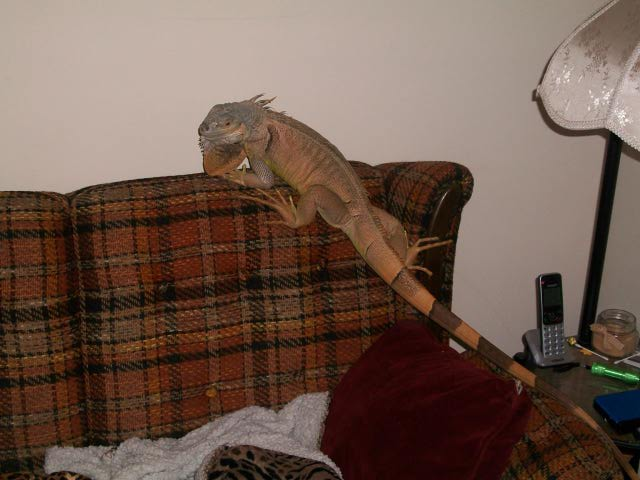 Green Iguana
QuestionJade
Jade
QUESTION: hello i Bough
Green Iguana
QuestionJade
Jade
QUESTION: hello i Bough
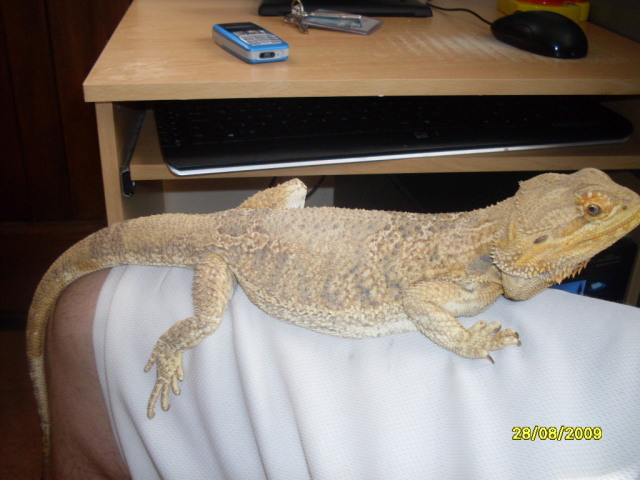 bearded dragons health
QuestionQUESTION: hi i recently took in a male bearded
bearded dragons health
QuestionQUESTION: hi i recently took in a male bearded
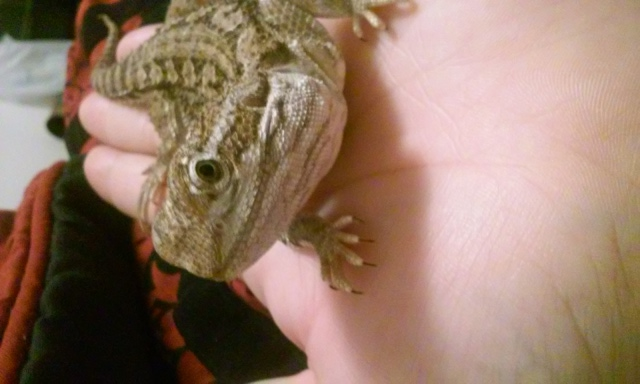 Rankin Dragon
Question
Joker
I have had my Rankin Dragon,Joke
Rankin Dragon
Question
Joker
I have had my Rankin Dragon,Joke
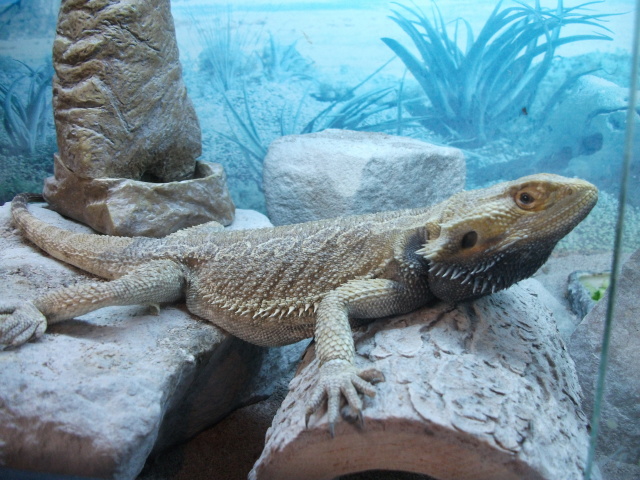 unwell depressed bearded dragon
QuestionQUESTION: Please help, I had two bearded dragon
unwell depressed bearded dragon
QuestionQUESTION: Please help, I had two bearded dragon
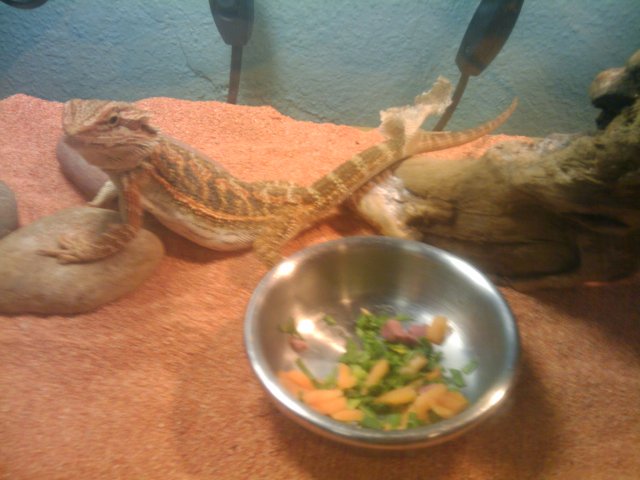 Bearded dragon not eating veggies/is it possible to potty train him?
Question
Ace a week ago
Hi Tracie
I have a male bearde
Bearded dragon not eating veggies/is it possible to potty train him?
Question
Ace a week ago
Hi Tracie
I have a male bearde